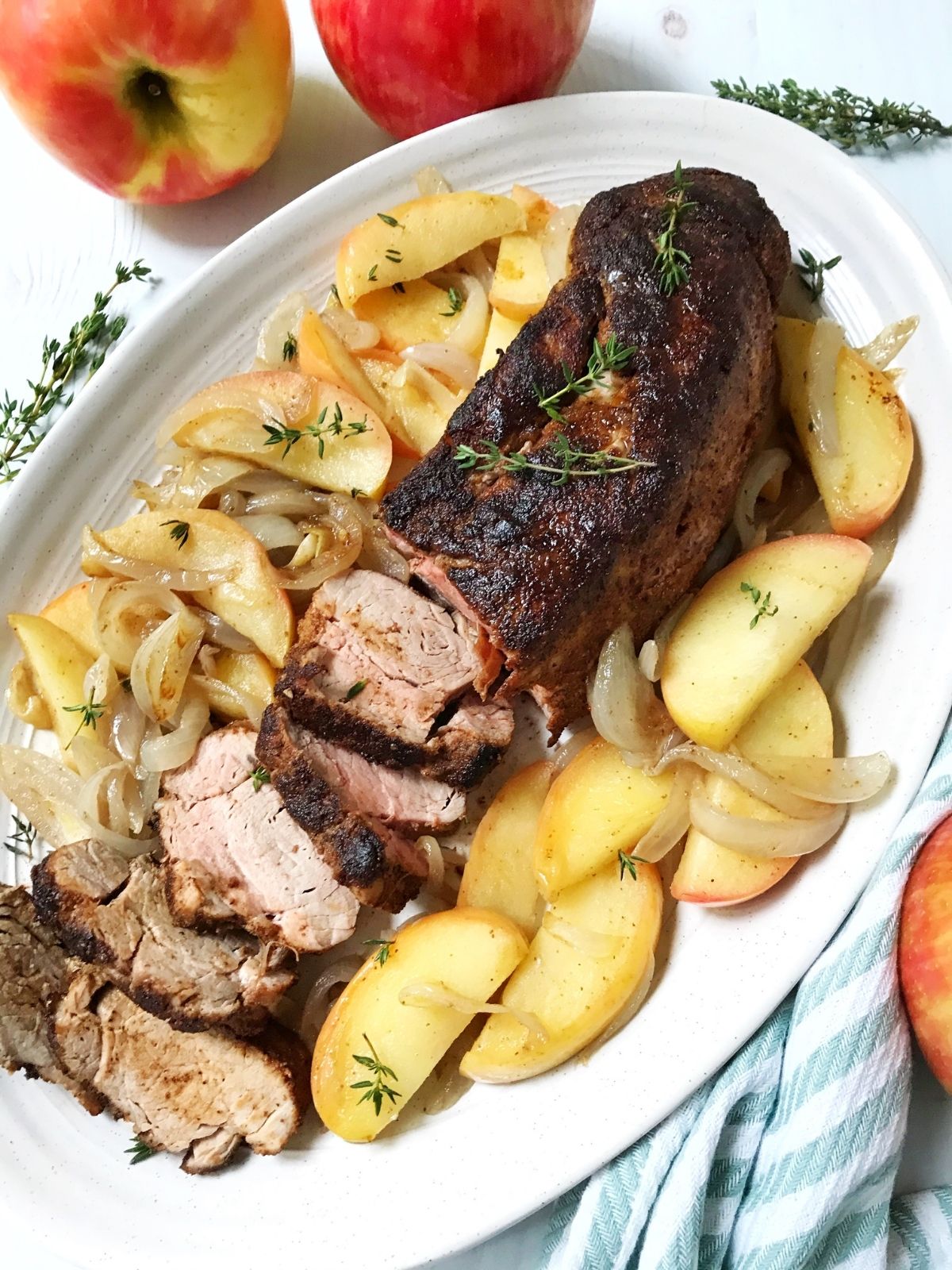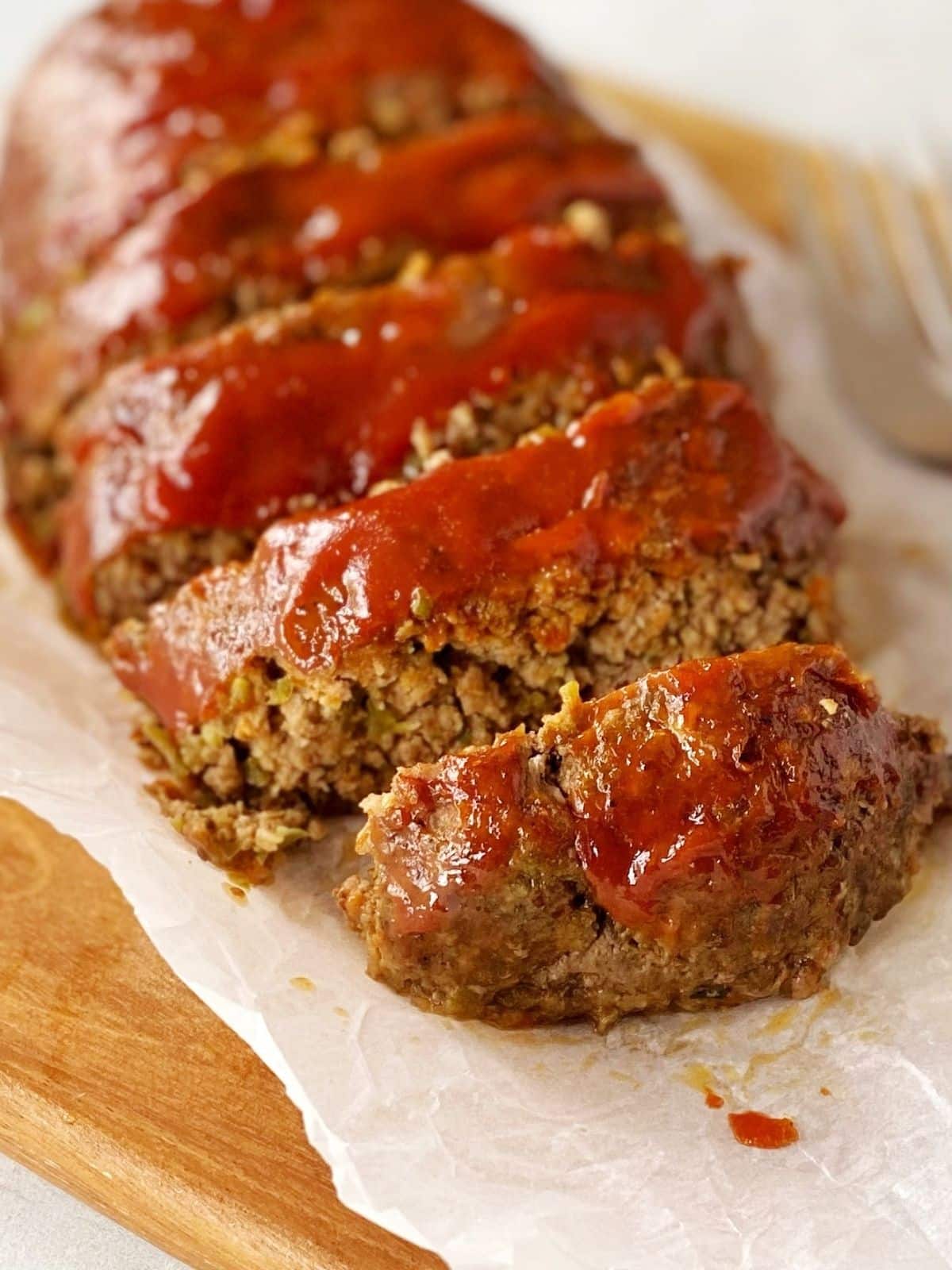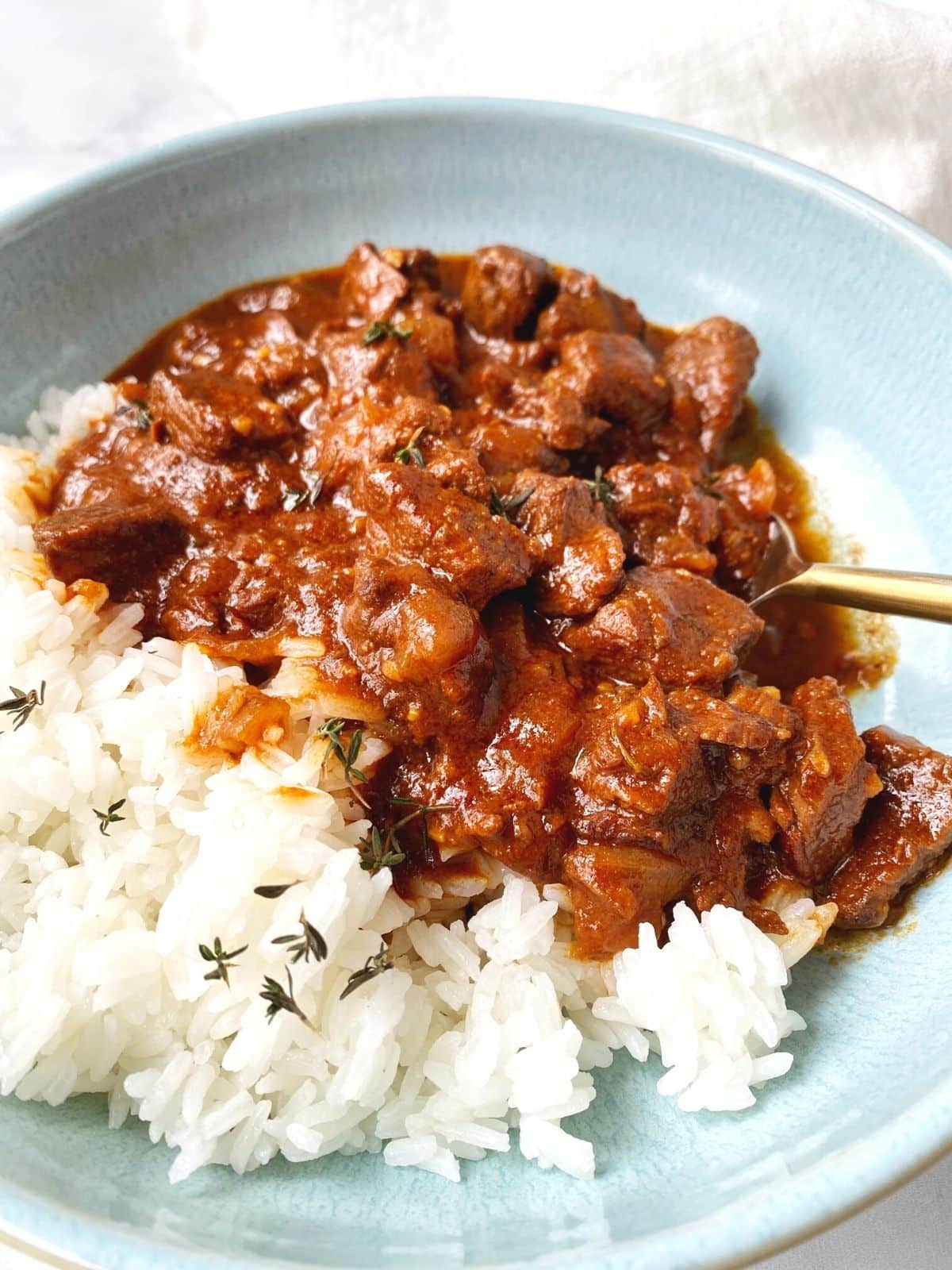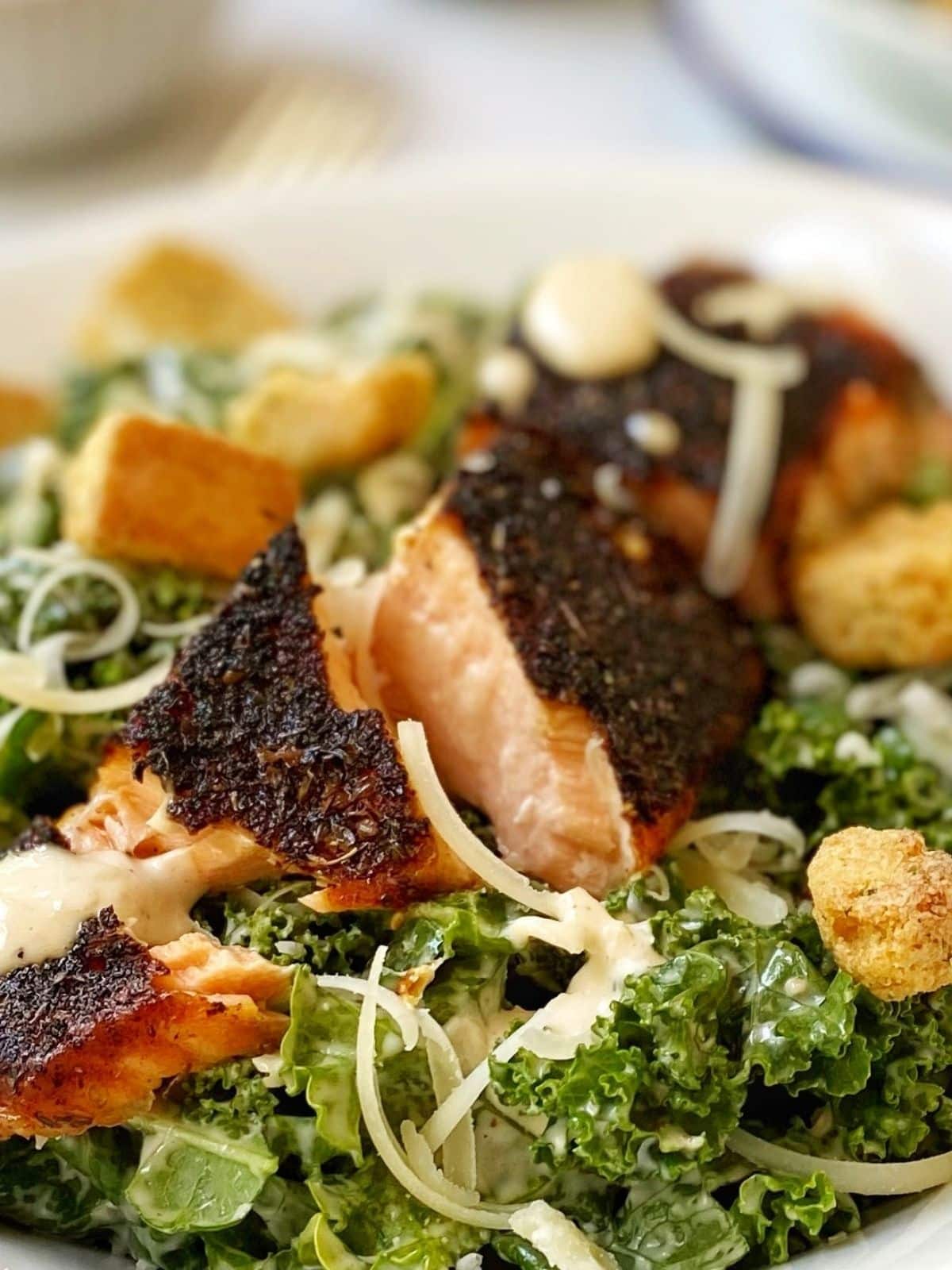Cook Temp for Beef Vs Seafood

This guide outlines the minimum internal cooking temperatures for meat and seafood.

Cooking meat and seafood to safe temperatures
We want to feed our family delicious meals, but we also want to know the food has been cooked to a safe temperature to keep our family healthy.
Knowing the appropriate cooking temperatures for meat and how to check those temperatures is important. We'll refer to the FDA recommended guidelines for this.
The BEST way to check the internal temperature of meat is with a good quality meat thermometer.
Common types of thermometers
- Instant-read thermometer - It's fast and easy and will give you an accurate reading. The Thermapen is my favorite thermometer. I literally use it every single day. It's a little pricier than other models, but mine has outlasted all of the less-expensive thermometers I've had over the years. A worthwhile investment indeed.
- Probe thermometers - These are ideal for monitoring temperature when cooking larger roasts in the oven or on the grill. The probe is inserted into the meat. The thermometer is attached to the other end of the wire and sits on the counter (or magnetically attaches to the outside of the oven). The desired done temperature is entered and the thermometer will alert you when that temperature has been reached.
- Oven-safe dial thermometer - This thermometer is also useful in larger roasts. Insert the thermometer into the thickest part of the meat - it is oven safe and stays in the meat during the cooking process. The large dial is easy to read while the meat cooks.
How to take the temperature of meat
- Always use a clean thermometer.
- A thermometer should be placed into the meat so the tip reaches the thickest part or center of the meat. Ensure the thermometer doesn't touch the pan or any bone.
- When roasting a whole chicken or turkey, insert the thermometer into the thickest part of the thigh without touching any bone.
Poultry internal temperature
It's important to cook poultry such as chicken and turkey to the correct temperature to avoid possible Salmonella poisoning. Per the FDA, the minimal safe internal temperature for poultry is 165℉. It can be cooked to a higher temperature based on personal preference.
These chicken recipes are family favorites:
- Chicken Bacon Ranch Skillet
- BBQ Bacon Chicken Brioche Sandwich
- Easy Grilled Chicken Tenders
- Cap'n Crunch Chicken Tenders
- Walnut Crusted Chicken with Chipotle Honey

Pork (including fresh ham), lamb, and veal internal temperature
Per the FDA, pork (including fresh ham), lamb, and veal should be cooked to an internal temperature of 145℉ with a 3-minute rest. During this rest period, the temperature will rise another 3-5 degrees and the juices will redistribute throughout the meat, keeping it juicy and moist.
Try Spiced Pork Tenderloin with Caramelized Onions and Apples for a delicious weeknight meal.

Ground meat internal temperature
These ground meat temperatures apply to burgers, meatballs, meatloaf, and any other dish made with ground meat.
Check out these comfort dishes made with ground meat:
- Easy Meatloaf
- Sloppy Joes
- Cheeseburger Salad
- Chicken Pesto Meatballs

Beef internal temperature
As recommended by the FDA, beef should be cooked to an internal temperature of 145℉ with a 3-minute rest.
When cooking steaks or roasts such as tenderloin or prime rib, you may prefer a different level of doneness.
TIP: Remove the meat from the heat 3-5 degrees below the desired temperature. The temperature will continue to rise a few degrees during the rest period.
Try beef for dinner with these family favorites:
- Braised Beef Short Rib Risotto
- Barbecue Beef Stew

Seafood internal temperature
Here are my favorite seafood recipes:
- Blackened Salmon Caesar Salad with Kale
- Brown Sugar Spiced Salmon
- Grilled Jerk Shrimp
- Shrimp with Lemon Garlic Butter Sauce

Grab your free printable meat cooking temperature chart here.
Other resources
Conversions and measurements
Craving more?
Subscribe to My Casual Pantry to get the latest recipes and ideas sent directly to your inbox.
Source: https://mycasualpantry.com/meat-seafood-cooking-temperature-chart/
0 Response to "Cook Temp for Beef Vs Seafood"
ارسال یک نظر